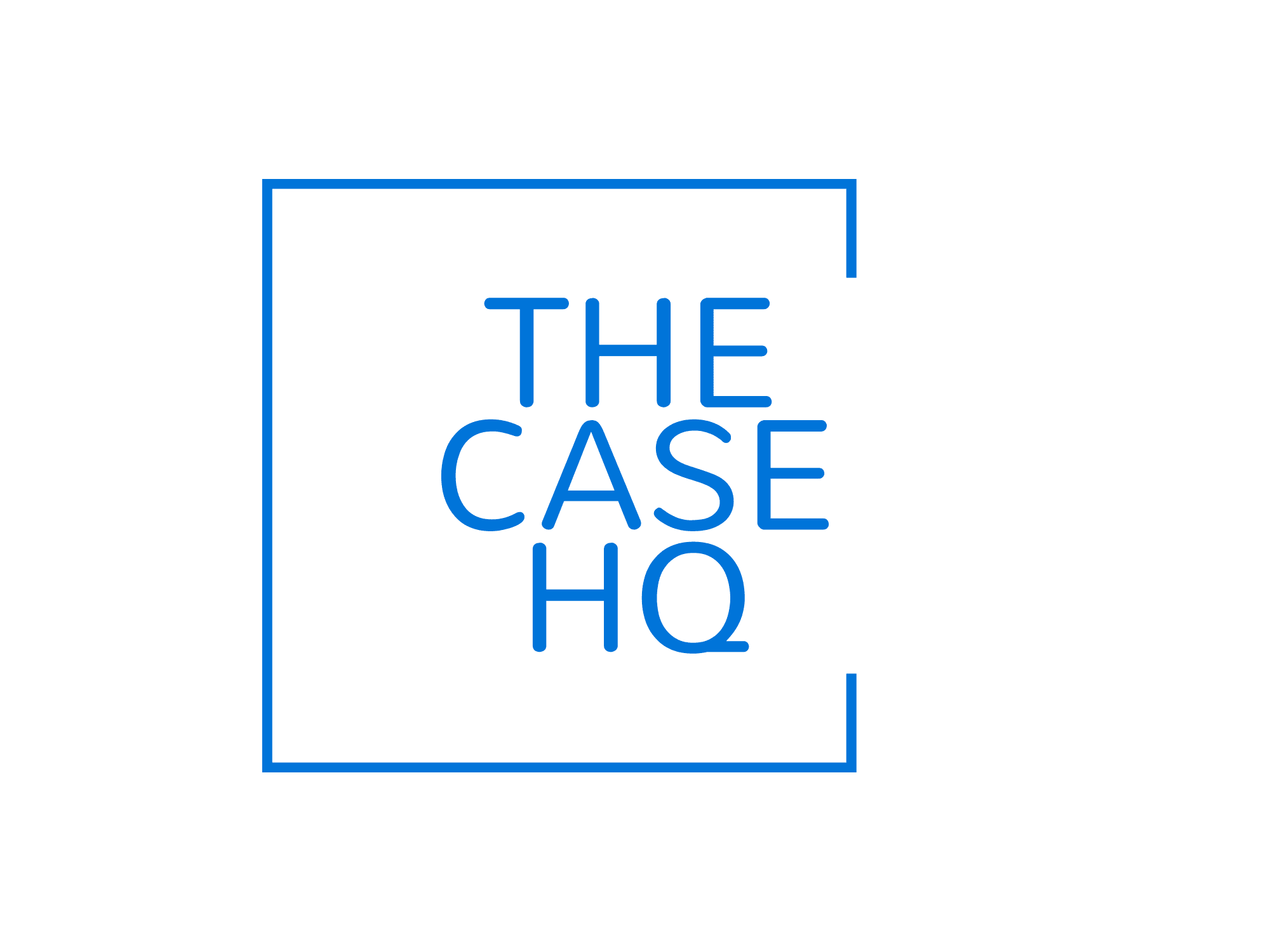The influence of case studies on public policy development cannot be overstated. This research method serves as a crucial bridge between empirical observation and theoretical arguments, playing a pivotal role in shaping policy agendas, influencing policy decisions, and evaluating policy outcomes.
Shaping Policy Agendas
Case studies can provide compelling narratives about specific issues, helping to highlight their significance and attract the attention of policy-makers. They can expose the complexities of a problem, revealing the intersections of various social, economic, or environmental factors. This understanding can shape policy agendas by identifying the key issues that require intervention and illuminating possible solutions. You can read about case study impact here:
Game-Changing Future of Education: How AI in Assessment is Revolutionising Learning
Influencing Policy Decisions
The rich, detailed nature of case studies makes them an invaluable tool in policy decision-making. They allow policy-makers to understand the potential implications and consequences of different policy options in a real-world context. Case studies can highlight the practicalities, challenges, and successes of policies implemented elsewhere, informing decision-makers about what could work in their particular context.
Evaluating Policy Outcomes
After a policy has been implemented, case studies can be used to evaluate its effectiveness. They provide in-depth insights into how policies play out on the ground, capturing their impact on different groups and communities, and revealing any unintended consequences. This feedback can inform the fine-tuning or redesign of policies to ensure they are achieving their intended objectives.
In conclusion, case studies are a powerful tool in the policy-making process. They connect the lived experiences of individuals and communities with policy agendas, decisions, and evaluations, ensuring that policies are grounded in real-world complexities and aimed at tangible improvements.
Visit The Case HQ for 95+ courses
Read More:
Smart Strategies for Conducting a Literature Review using AI Tools
Innovative Strategies: How Universities Integrate ChatGPT Into Its Curriculum
Exciting Vision: What Will the AI-Native Classroom Look Like by 2030?
Essential Guide: Should Educators Be Trained in Prompt Engineering?
Comprehensive Comparison of Gen AI Tools: ChatGPT, Claude, Gemini, and More
Plagiarism or Productivity? The Truth About AI Use in Student Work
Critical Analysis: How Students Use Gen AI for Essay Writing—Should We Be Concerned?
Innovative Ways Art & Design Schools Use AI for Portfolio Assessments
Transformative Power of AI for Assessment Dashboards and Performance Reports
Top-Rated AI Assessment Tools for Schools and Universities in 2025
Urgent Need for Addressing Bias in AI-Powered Assessment Tools
Remarkable Ways AI Can Deliver Immediate, Personalised Feedback in Education
Critical Role of AI Tools in Preserving Academic Integrity in Education
Powerful Tools and Techniques for AI in Formative Assessment
Transforming Summative Assessments with AI: A Smarter Future for Education



Responses